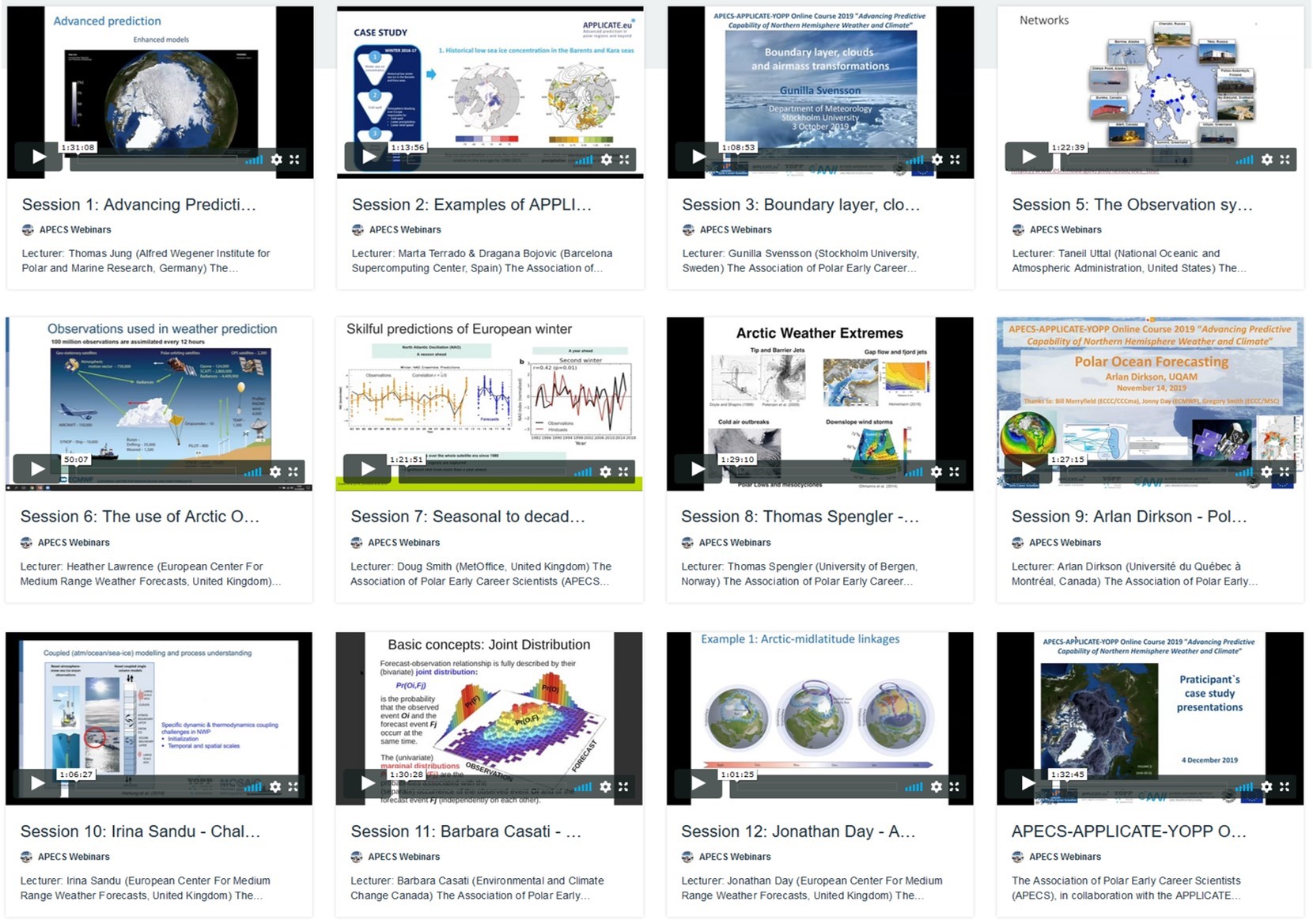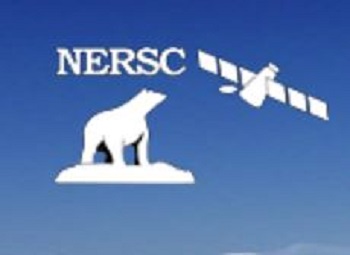
Inspiring early career researchers about the frontiers of Arctic climate research
27. February 2020
Nansen Center looking for young researcher
11. March 2020
Field measurements as well as climate simulations depict a rise of Arctic surface temperature double of the Northern hemisphere mean temperature increase over the last 30 years. In order to understand this so-called Arctic amplification not only local but also mid- and lower latitude processes such circulation processes are needed. In their recent study published in the peer-reviewed journal Climate Dynamics Tido Semmler, Felix Pithan and Thomas Jung from the Alfred Wegener Institute discuss on the basis of climate modelling the impact and magnitude of Arctic processes to the mid-latitudes and vice versa.
Quantifying two-way influences between the Arctic and mid-latitudes through regionally increased CO2 concentrations is a physically consistent method” explains Dr. Tido Semmler, lead scientist of the study “ In this way, not only the impacts of the Arctic on the mid-latitudes can be considered, but also vice versa, which would not be possible with other modeling methods on changing sea ice conditions. Since the altering of sea ice conditions only considers regional Arctic changes, this new method gives the possibility of a relatively free design of beyond regional conditions and their impacts. Therefore, even alterations in the tropics or southern mid-latitudes can be considered. In contrast to the observations that include changes all over the world, through the modeling approach it is possible to disentangle influences from different regions of the world”.
Given that the altering of sea ice conditions only applies to polar regions and not the mid-latitudes more comprehensive indicators, such as the ocean energy transportation, need to be assessed. Dr. Semmler and colleagues’ general idea was to increase CO2 forcing regionally in the Arctic and outside of the Arctic and compare the data of the impact on Arctic amplification. By utilizing their climate model AWI.CM 1.1, a numerical model contributing to the Coupled Model Intercomparison Project phase 6 (CMIP6), this paper adds to the findings of Stuecker et al. (2018), who recently used the Community Earth System Model (CESM) 1.2 to apply the same approach.
Whereas only minor impacts on other regions result from Artic increased CO2 concentrations, impacts from extra-Artic regional increased CO2 are substantial on the Arctic itself. Based on those results Dr. Semmler and colleagues suggest to employ this novel approach in as many and different experiments and models as possible in order to further elaborate on the regional impacts of CO2 concentrations.The open-access research paper by Tido Semmler, Felix Pithan and Thomas Jung is available at https://link.springer.com/article/10.1007%2Fs00382-020-05171-z



